Special dramaturgical lecture! Rhodes College Professor Brian Shaffer discusses James Joyce and The Dead. Click here to listen. (17:19, 16.6 MB)
Cast & Crew
Gabriel: Randal Cooper
Margaret: Bonnie Kourvelas
Aunt Kate: Jo Lynne Palmer
Aunt Julie: Jane Harris
Mary Jane: Julie Reinbold
Freddy: Steven Burk
Mr. Brown: Jim Palmer
Miss Ivors: Teresa Morrow
Crandall: Toney Walsh
Lily: Marlene Henderson
Musician: Katherine Whitfield
Song Performance – “He’s Gone Away”: Ann Sharp
Sound Effects: Bill Short
Sound Effects: Bill Short
Producer: Eric Sefton
Assistant Producer: James Antoine
Assistant Director: Karen Strachan
Adaptation: Robert Arnold
Director: Robert Arnold
Announcer: Tom Badgett
Artist: Samantha Sherry
Special Thanks to:
- Memphis Music / Yamaha Piano, 5237 Poplar Ave. in Memphis
- Brian Shaffer
- Barrett Hathcock
- Edwin Frank of the McWherter Library at the University of Memphis
- Mona Kreitner of the Department of Music at Rhodes College
- Amy Salerno Hale, Kell Christie,and Debbie Litch of Theatre Memphis
- Jerre Dye, Jenny Odle Madden, and Voices of the South
- Jim Thompson of EgglestonWorks
- Charlene Honeycutt and 91.1 WKNO-FM
- Kiley Robinette
Notes
Memphis in 1905 was a city in transition. While relatively unharmed by the Civil War — physically, at least — it had nearly been decimated by an epidemic of Yellow Fever during 1878 and 1879. The resulting deaths and mass exodus caused a population drop of almost 75%, creating financial difficulties that led to the loss of the city’s charter. From 1879 to 1893, Memphis was not even a city, but a taxing district under the control of the state.
By the early 1900s, however, Memphis’s luck had begun to change. The strict oversight of the taxing district had helped minimize political corruption. Scientific advances prevented further outbreaks of Yellow Fever. Across America, industrialization was attracting people from the country to the cities, and Memphis was no exception; by 1900, its population had rebounded mightily, surpassing pre-epidemic levels and breaking the 100,000 mark for the first time.
Naturally, this influx of people brought with it an unprecedented diversity. While healthy in many respects, the mixture of cultures was often volatile — particularly when Confederate sympathizers found themselves in close contact with working-class African Americans, who were still only a generation away from slavery. Racial tensions soared. For many Southern whites, even at the turn of the century, the Civil War was more than a memory, and the ideals of the Old South (including religious fundamentalism, states’ rights, and white supremacy) still held sway.
Such ideals were in direct contrast to the tide of Progressivism that swept over America during the first decades of the 20th century. Progressivism was a populist movement, advocating a wide range of social and civic reforms aimed at improving efficiency and quality of life. These reforms included advances in public health (sewage systems, vaccinations), tougher penalties for criminals, government oversight of industry, increased rights for women, prohibition of alcohol, and more. Though Progressivism was still in its infancy in 1905 — particularly in the South — the young century seemed destined to produce a titanic struggle between the past and the future.
It is into this divided and complex world that we introduce James Joyce’s classic story “The Dead.” Joyce’s original is set in early 20th-century Dublin, at a time when tensions between Catholic nationalists and Protestant loyalists were as strong as ever. The story follows Gabriel Conroy, an insecure schoolteacher, as he tries to fit in at his aunts’ annual holiday party. Joyce pokes fun at the eccentricities of all his characters, Gabriel included, as the story moves — almost invisibly — toward its heartbreaking conclusion. My hope is that the transplanted setting will shed some new light on this classic story, and will make it all the more resonant for those of us who call the South home.
Dead and Gone was the result of a hundred small collaborations, each of which added a layer of richness to the production. I am sincerely grateful to everyone who had a hand in this show, whether they contributed their talent, space, equipment, time, or simply their encouragement. As Chatterbox grows, so does our ambition. It is only with the help of our exceptional supporters and participants that we are able to keep up.
—Robert Arnold
Additional Material
- “He’s Gone Away” (2:17, 2.1 MB)
Performed by Ann Sharp and Katherine Whitfield
Produced by James Antoine - “The Rebel Soldier” (2:35, 2.4 MB)
Performed by Toney Walsh and Katherine Whitfield
Produced by James Antoine - Review by Fred Greenhalgh of Radio Drama Revival

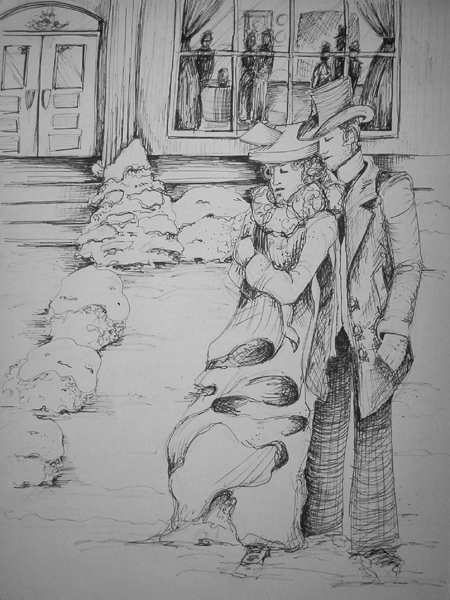




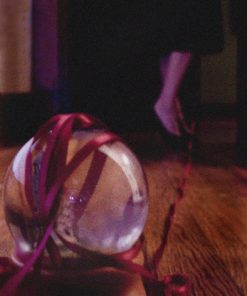
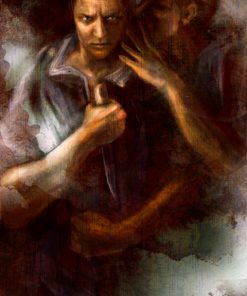

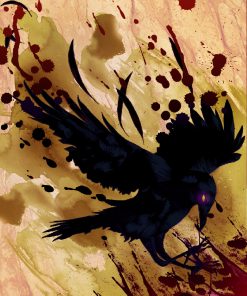

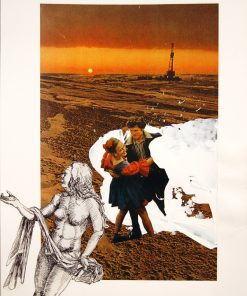
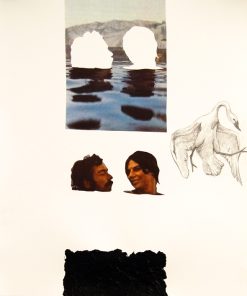
Reviews
There are no reviews yet.